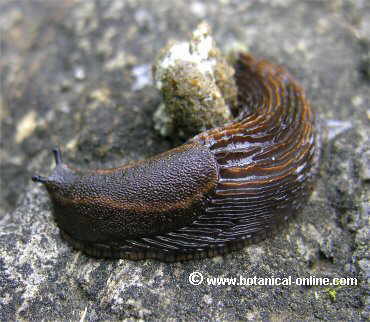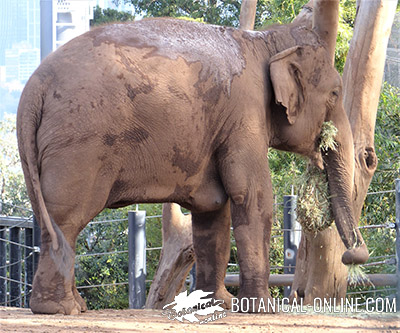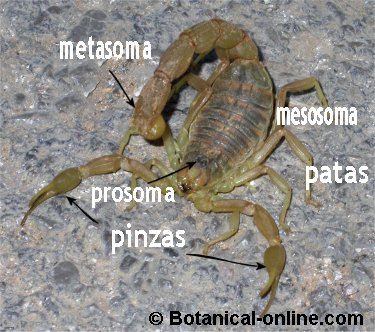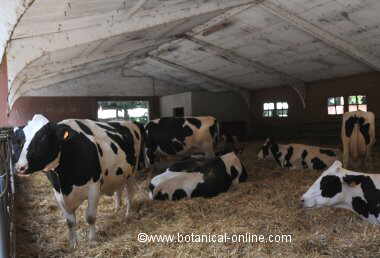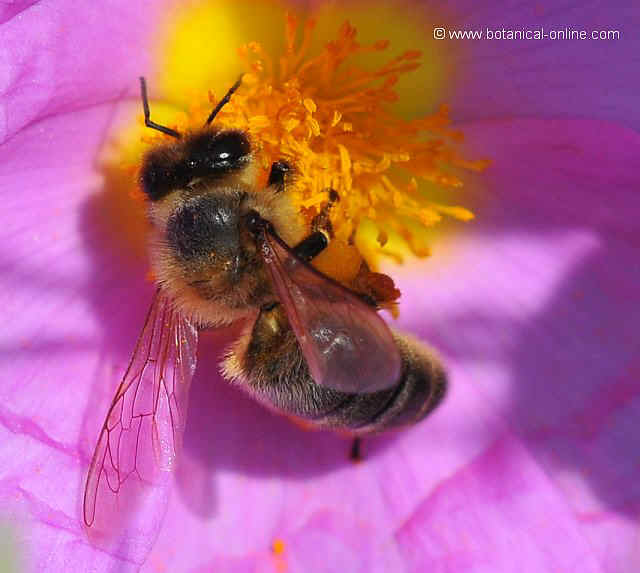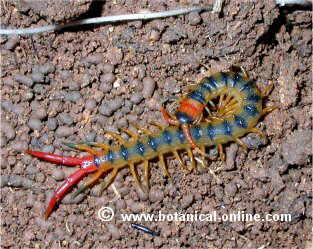Contents
What are amphibians?
Amphibians are cold-blooded terrestrial and aquatic vertebrates with double and incomplete circulation.
These bare-skinned animals breathe through the skin and lungs in the adult stage and they reproduce by eggs.
Types of amphibians

There are three classes of amphibians:
- Anurans: Amphibians without tail or anurans, formed by frogs and toads.
- Urodeles: Amphibians with tail or urodelos are salamanders and newts.
- Caecilians: This third group of amphibians, which is also called salamanders, is less known to people.
Bullfrog, European tree frog, cane toad, african common toad are anurans …
Some of the best known urodelos are marbled newt, gallipato, fire salamander, axolotl, olm, etc.
Günther’s caecilian and Thompson’s caecilian are the largest amphibians of amphibian class.
The skeleton of amphibians
Amphibians have a bony skeleton, formed by the vertebral column and four limbs adapted to terrestrial locomotion.
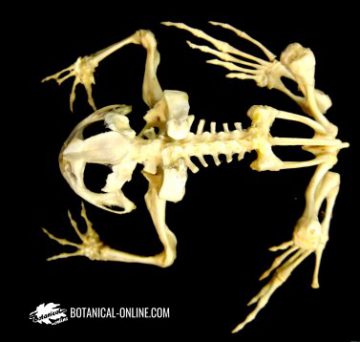
These animals, like the rest of vertebrates, have the brain protected by the skull.
Amphibian skin
Amphibians have bare skin, which means that their skin is not protected by hair, scales, or feathers, like other vertebrates.
Many amphibians have poisonous glands, that protect them from predators and prevent carnivorous animals from eating them.
Amphibian respiration
To make possible respiration through the skin, these vertebrates secrete mucus by means of mucous glands, which makes the skin always moist.
Adult amphibians also breathe through lungs. The lungs are the respiratory organs of some animals, which are responsible for taking oxygen from the air and removing carbon dioxide from the blood.
Where do amphibians live?
Many adult amphibians have a completely different life than their young, generally called tadpoles.
Toads are normally terrestrial in the adult stage and live in forests, fields, deserts … The tadpoles of toads are aquatic, as is the case with most frogs.
Many frogs are aquatic and live in freshwater areas such as lakes, puddles, ponds … However, some frogs spend their lives in trees or bushes and are called tree frogs.
Salamanders are terrestrial, like the common salamander or gallipat, or aquatic life, like for example axolotl or olm.
Reproduction of amphibians
Amphibians reproduce by eggs that females deposit in the water after mating with males. To attract females, male frogs and toads use their song.
Tadpoles hatch from the eggs and develop in the water to become toads, frogs or salamanders.
Amphibian metamorphosis
These animals undergo very strong changes before to become adults. For this reason, a tadpole is very different from a frog or a toad in physical appearance and body function.
The set of changes that an amphibian undergoes throughout its life until it becomes an adult animal are called metamorphosis.
The toads, when they are tadpoles, develop in water but when they reach the adult stage, after completing the metamorphosis, they leave this medium to return only when they are ready to reproduce.
Feeding of amphibians
All amphibians are carnivores and feed on insects, worms, and other aquatic animals or terrestrial invertebrates, like centipedes and spiders.
Larger amphibians can eat large prey, such as cane toad or marine toad, which in addition to insects, if given the opportunity, devours frogs, small snakes and rodents, such as mice.
![]() More information on other animals
More information on other animals

